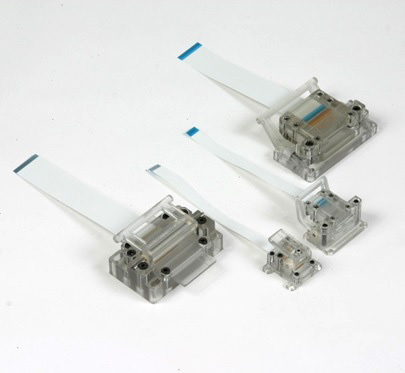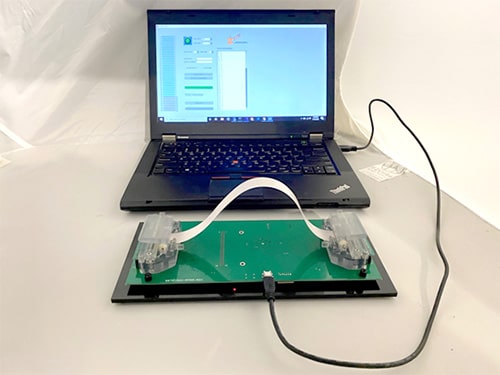With this article, You'll get to know the differences between Flexible Flat Cable and Flexible Printed Circuit.
Most people who are not familier with the world of printed circuit boards can be a little bit confused with the different between FFC and FPC. Even though it may appear to be the same, they are absolutly different in terms of functionality & features.
FFC Connectors & FPC Testers
- FFC (Flexible Flat Cable)
- FPC (Flexible Printed Circuit)
When it comes to FFC, it refers to any type of flexible and flat jumper cables constructed of flat copper foils folded between the top and bottom insulation layers.this product is commonly used with rigid PCB based devices that needs to interconnect. FPC, on the other hand, is a flexible printed circuit board, produced for single-sided, double-sided, and multi-layer flexible circuits.
What is an FFC / FPC (Flex Printed Circuit) connector?
FFC/FPC Connectors are in development to meet the market demand for ultra-fine pitch spacing, lower profile heights, and lighter interconnect solutions.
What are FFC / FPC connectors common uses?
These connectors are used to interface FFC/ FPC circuits to PCBs or any product needs of integrated electronics. These connectors can be found in a wide range of electronic devices such as laptops, LCD TVs, digital and video cameras, mobile phones, GPS, data terminals, and other handheld devices that connect to the LCD.
Type of FFC / FPC connectors
The most common connectors for FFC and FPC are ZIF (Zero Insertion Force) and LIF (Low Insertion Force) type connectors
- ZIF - Zero Insertion Force
- LIF - Low Insertion Force
Tester for FFC/ FPC
As a result of a growing demand for FFC/ FPC there is also a significant need for improved testing of FFC/ FPC based electronics. ZIF and LIF small formats are difficult to work with due to their size, creating a secondary need for a fixture which is more ergonomic for operators, and adaptable for automation.

Z-Axis FTF (Flex Test Fixtures) family of test fixtures
Z-Axis FTF fixtures are specially designed to easily connect a flex DUT to a test board. These devices are sturdy, heady duty long life products. To make a connection, the FFC/FPC cable is inserted into a fixture and connects to the testing device.
Our Z-Axis Elastomeric Connector is compressed onto the device making the connection to the test equipment. The unit leaves no marks on the device once the testing is done. The DUT can be inserted or removed with zero force and test by compressing the Z-Axis elastomeric connector.
The connector is an electrical bridge from the DUT and testing circuit. The elastomeric connector is replaceable, thus allowing our test fixtures to offer endless test cycles.

Our FFC Testing Solution
The Z-Axis High Speed Cable Tester, HSCT, is an automated test unit that uses our custom software and hardware to test FFC jumper cables. The system checks the device for shorts and the resistance of each pin.
The HSCT tests devices featuring up to 50 contacts. By using our standard fixtures this tester can be used to test a multitude of device sizes by using our size adapters. The operation of changing the tester size is done in minutes.
Operation Simplicity
Testing a flex jumper has never been so easy. setup, plug in and hit the key. Contact us for more information.